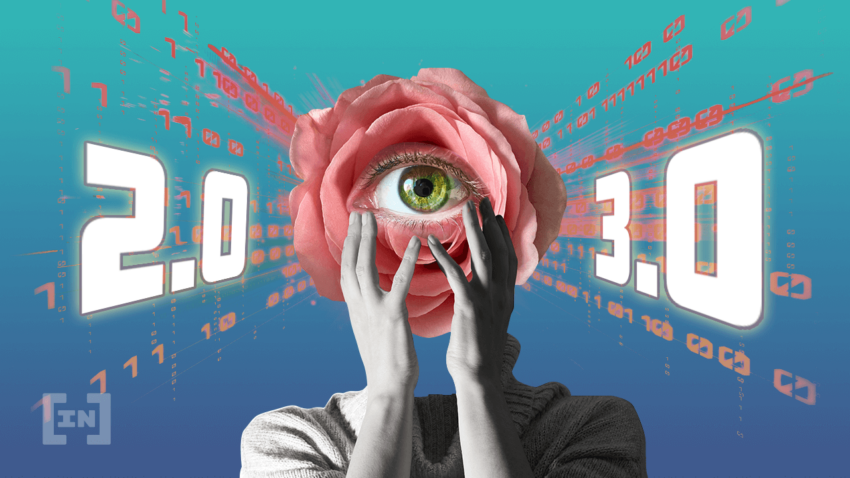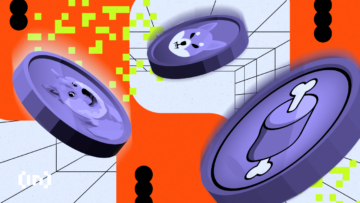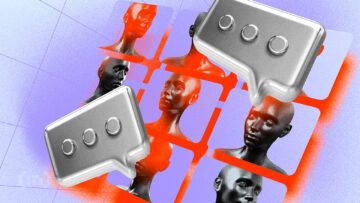Web3 has become the talk of the town, with multiple big tech firms also entering the space. But what exactly is it about? How does it differ from web2 — the generation of internet we’re currently in?
In this guide, we’ll take you through all the details of the web2 vs. web3 discussion, including the differences between the two. We also try to predict what web3 might look like and see how it will be intrinsically linked to crypto and blockchain technology.
In this guide:
What is web1 or Web 1.0?
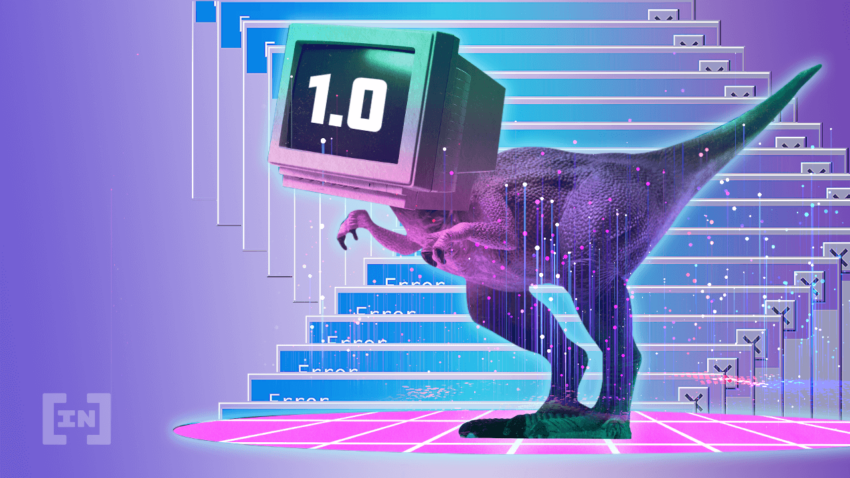
The Internet was a technological innovation that certainly changed the world. But, before it could do that, it needed to go through a process of evolution. What is now called Web 1.0 was the pioneering stage.
Web 1.0 was, in many ways, a less advanced form of the Internet. It was essentially a way to deliver content and showcase information on what we now call websites.
Use cases and examples
Slowly, websites like MySpace or LiveJournal allowed more regular users to produce content. There isn’t a clear delimitation between Web 1.0 and Web 2.0. Those are, after all, not official terms, and there is no great technological innovation separating the two.
However, as a general rule, Web 1.0 involved much less corporate interference. Advertisements, for example, were very rare and banned on many websites. Furthermore, the Internet consisted mostly of static pages. They ran on ISP-hosted web servers.
Information was usually provided from a central source. There was much less power in altering the content that was published. Furthermore, the website design couldn’t be altered significantly.
During the Web 1.0 era, websites were usually made only to be read.
The downsides of web1
The so-called era of Web 1.0 allowed for less public involvement. This involved both the content being added on the Internet and altering the design of a page.
For example, there were no web pages such as Wikipedia that encouraged public participation. Personal blogs were also much more popular before the era of Facebook and Twitter. However, users were generally limited as to what type of content they could add.
Lastly, users could only download applications that they used on Web 1.0. They couldn’t see how they worked or alter them. The source code was rarely made publicly available.
What is web2 or Web 2.0?
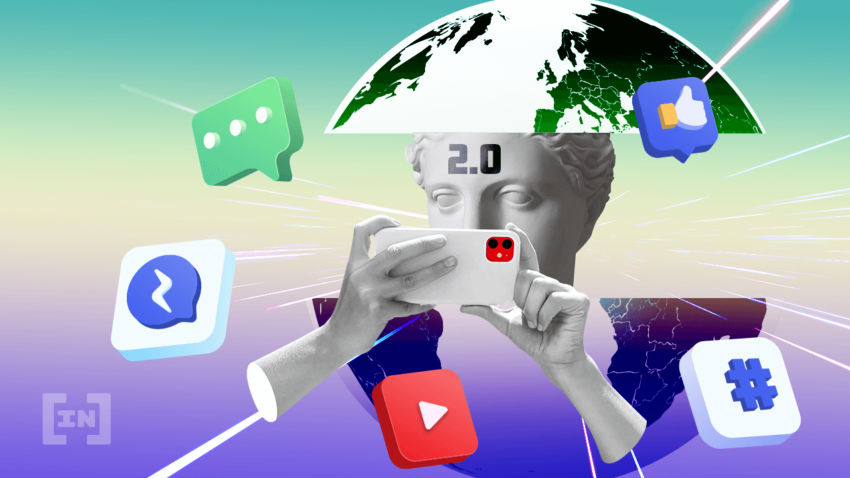
Web 2.0 or web2 were terms that began being used in the so-called dot-com bubble era. They were meant to reflect the transition to a more sophisticated era of the Internet.
Web 2.0 involved a greater degree of corporate interference. Unlike Web 1.0 websites, the new ones often had a plan for generating income. They also allowed for greater user interaction with the platforms. And, in fairness, most of the most popular new companies continued to exist even after the market crash.
Use cases and examples
There was a greater degree of finesse about websites labeled as Web 2.0. For example, these sites allowed users to modify the design in much greater detail. Furthermore, the code used for many applications on the new iteration of the web was open source. This meant that anyone with the right technological expertise could take a peek, analyze, and even, modify it.
While the corporatization of the Internet was also in full effect, new websites gave a greater voice to users. For example, sites such as Amazon allowed any user to add reviews to the products listed on the sites. Wikipedia also allowed any user to alter the entries in their encyclopedia-like site. Newer social media platforms such as Facebook and Twitter let people interact with each other in a public setting to a greater degree than previous platforms had been able to do.
/Related
More ArticlesThe downsides of web2
While there were some advancements in the transition from Web 1.0 to Web 2.0, there were drawbacks as well.
First of all, the corporate element both helped and potentially hindered the evolution of the Internet. On the one hand, heavily financed platforms such as Twitter or Facebook could invest in developing their ideas. On the other hand, they now had the power to censor information that they deemed to contradict the community guidelines.
Also, the servers being used by various apps are not foolproof. If they go down, they can financially affect those that depend on them for their work.
Finally, payment services also require that those using them adhere to certain guidelines. They may unilaterally choose to deny payment if they feel that those standards are not respected.
In a nutshell, Web 2.0 offered greater technical capabilities. They are delivered, however, by companies that require adherence to a set of rules.
What is web3 or Web 3.0?
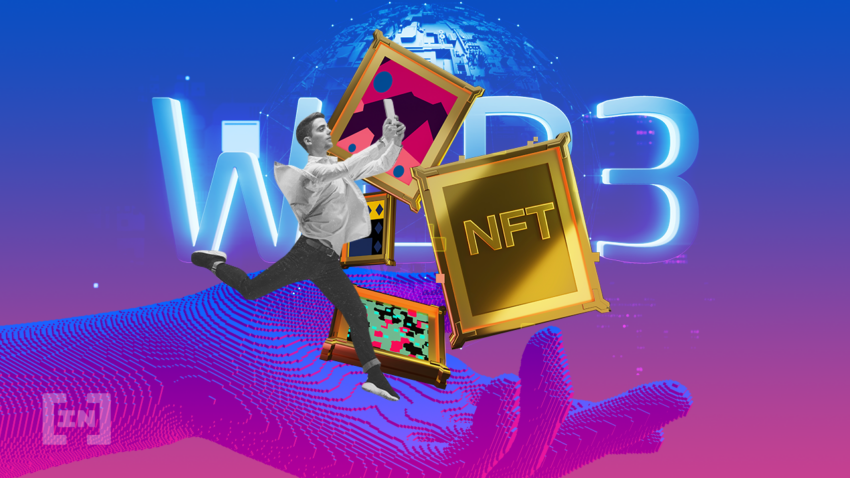
Yes, web3 or Web 3.0 are two of the biggest buzzwords in the tech news recently. However, there are genuine reasons to believe some of the hype surrounding them. It promises a stronger, safer, decentralized form of the Internet. It’s an iteration of the Internet that will be an improvement over the so-called Web 2.0 of today.
Web3 is often used to discuss a plethora of different online apps. It’s believed that Ethereum co-founder Gavin Wood, first used the term web3 back in 2014. However, it is generally accepted that the element that will connect the strand between all web3 apps is the use of blockchain technology used to create decentralization.
Web 3.0 can also be understood by comparing it to the current version of the Internet. Currently, internet users generally access information that is hosted on the servers of third-party companies. Similarly, newly built apps are added to the servers of other companies, such as Google Cloud or AWS. However, web3, ideally, will allow internet users to develop and maintain DApps (decentralized apps).
And, of course, in a broader sense, web3 is also used in the mainstream media to depict the Internet technology of the future. You are likely to hear of various companies preparing for the arrival of this new and improved internet. However, make no mistake, if this is to exist, blockchain technology will play a massive role in the way that it is built.
The features of web3
Just as Web 2.0 offered a greater degree of sophistication over the static pages of Web 1.0, Web 3.0 should also represent a technical advancement. Does it already exist?
Online applications that adhere to the principles of web3 are already available. Mass adoption, however, will not occur overnight. Still, we can look at some of these applications and use them as a template for what the Internet may look like in the not-too-distant future.
The main feature of web3 is data sharing, as an alternative to data ownership. Blockchain technology allows all users to verify the information and contribute to the information being stored.
Web3 will also contain aspects related to the fabled metaverse. Advanced 3D graphics, as well as augmented and virtual reality, will be used for applications on web3.
Lastly, and perhaps, most importantly, web3 will make use of smart contract technology. In a nutshell, this can help create a trustless form of the Internet and greatly reduce the need for third-party middlemen.
Use cases and examples
It is generally accepted that for an application to be deemed web3-optimized, it needs to harness the potential of blockchain technology. This means that all cryptocurrencies, the DApps that use crypto, DeFi projects, non-fungible tokens, DAOs, etc. can be added to our list.
In other words, crypto-projects that embrace the concept of decentralization are ready for the proposed web3. This can already be seen in the likes of Bitcoin itself, NFT marketplaces such as Open Sea, crypto-backed social media platforms such as Steemit, play-to-earn games, or move-to-earn platforms such as Sweatcoin.
Benefits web3 could bring
There are numerous benefits when it comes to the fabled switch to Web 3.0. But, who are the main beneficiaries? Does anybody stand to lose from the development of this kind of technology?
If the proposed changes are adopted on a grand scale, this will benefit regular internet users. Web3 would technically mean that every user contributes in the way that the Internet is built. It would also mean that much of the power of big tech corporations would decrease and be shared among the entire population.
Web3 would also have less of a negative impact on the environment. It would be a sustainable model. It would increase connectivity. Smart contracts could help make the Internet into a trustless system. And the use of AI and the semantic web would help humans better harness the power of modern technology with less likelihood of human error being involved.
Can web3 succeed?
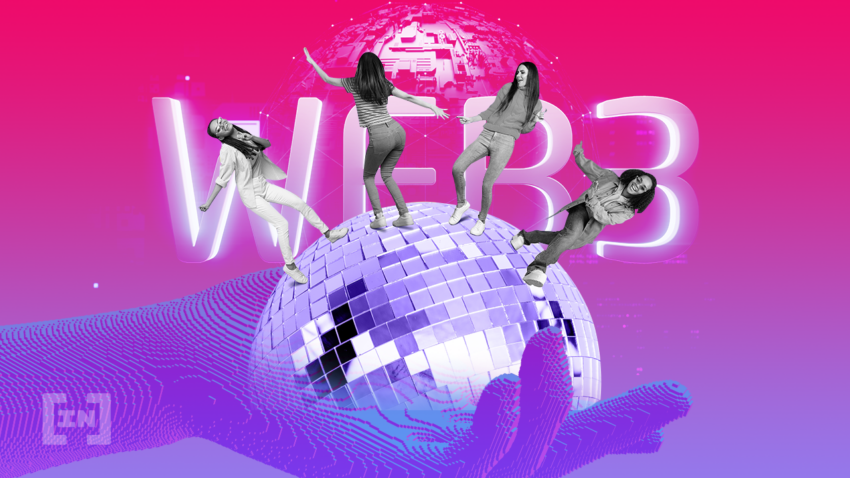
However, there are those that stand to lose from the emergence of Web 3.0. If the plans for true decentralization come to fruition, this will affect large tech companies. These have benefited greatly from the switch to a more commercialized approach in Web 2.0.
Some important heads of tech companies have expressed their lack of optimism regarding Web 3.0. Tesla founder Elon Musk has gone on record as saying web3, to him, feels like a marketing ploy. Furthermore, former Twitter CEO, Jack Dorsey, believes that decentralization is impossible. Dorsey claims that big tech companies will not allow themselves to lose control of their current power.
Lastly, for Web 3.0 to become a reality, a much greater adoption of blockchain technology needs to happen. We’ve seen a tremendously positive trend recently, though. If this continues, we may see some of those changes implemented soon.
Web2 vs. web3: The major differences
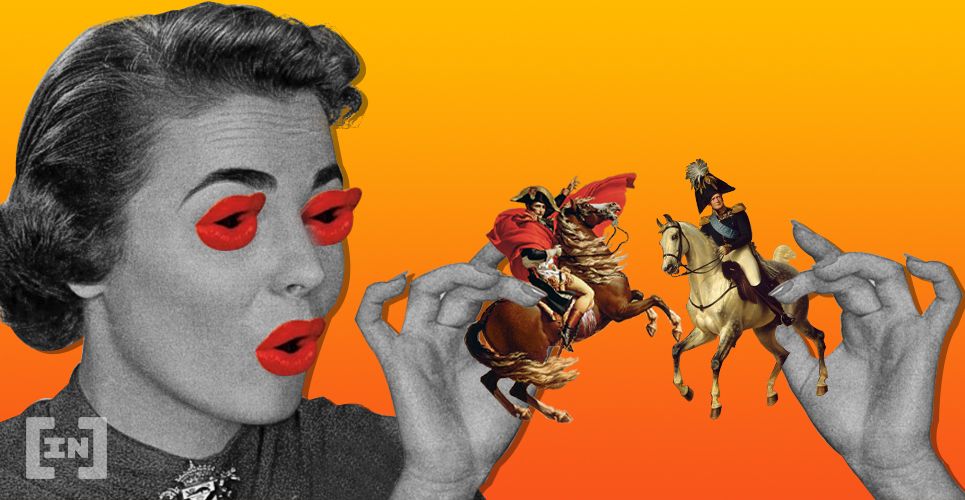
Web3 is best understood in contrast with web2, which it would be replacing. Let’s look at some of the main differences between the two.
Decentralization
In Web 3.0, decentralized networks will ensure that individuals have control over their online data. It will also mean that the playing field will be leveled. The network would not be supported by one individual or institution. The responsibility and rewards would be shared by everyone involved in the running of the blockchain.
Privacy
Privacy is a significant concern of modern internet users. Various data leaks have been dissected at length by news outlets in recent years. It is argued that web3 would offer a higher degree of privacy. Distributed personal data stores would offer individuals greater control of their data.
Proponents of this idea believe that this allows users to depend less on third-party companies to manage their data. There are critics of this idea, however, that claim that just the idea that all information is publicly available on a blockchain contradicts the concept of greater privacy for users.
Trustless and permissionless
Similarly, the use of smart contracts can create a trustless internet. This means that individuals will not need to put their faith in third-party actors. Trades, for example, can be executed automatically based on the features encrypted in the smart contract.
The Internet would also become permissionless. This means that any user can validate transactions, or mine, on the blockchain. Furthermore, any user can use features such as buying or selling without requesting the permission of a third party.
Greater connectivity
This proposed internet of the future would also allow for greater connectivity. The use of semantic data is supposed to help create novel ways of organizing, using, and discovering information. All of this can lead to a great increase in the user experience.
Should you get ready for the “new internet”?
Web3 is still in the early stages of development, so one can’t tell with certainty how it might play out. There are aspects of it that are almost certain to take place, while other more hopeful goals — like complete decentralization — will certainly face some pushback.
Nonetheless, individuals should expect a significant amount of change in terms of how we interact on the Internet within the next ten years. It will be an exciting time and one ripe with opportunities.
For the latest on web3 and other technologies in the blockchain industry, head over to the BeInCrypto Telegram group. You’ll hear the developments and have the chance to speak to other like-minded folks.
Frequently asked questions
What is web2 vs. web3?
What is web3 used for?
What are web3 companies?
How is Web 3.0 different?
Trusted
Disclaimer
In line with the Trust Project guidelines, the educational content on this website is offered in good faith and for general information purposes only. BeInCrypto prioritizes providing high-quality information, taking the time to research and create informative content for readers. While partners may reward the company with commissions for placements in articles, these commissions do not influence the unbiased, honest, and helpful content creation process. Any action taken by the reader based on this information is strictly at their own risk. Please note that our Terms and Conditions, Privacy Policy, and Disclaimers have been updated.


